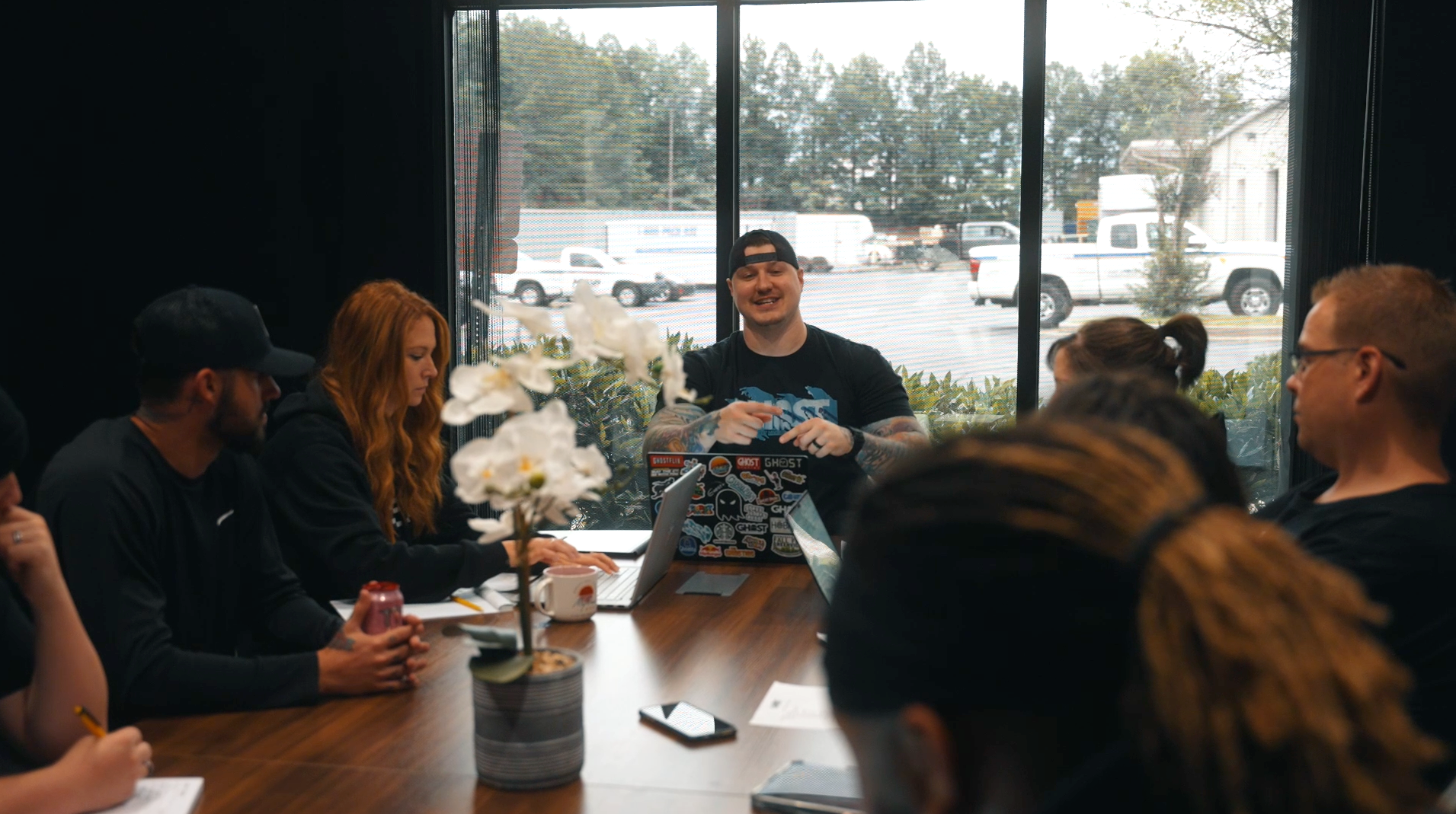Dying SEO Trends
Dying SEO Trends: 10 Old Fads That Are Hurting Your Strategy

The Google algorithm can seem like a mysterious thing, and as the years have gone by, SEO (Search Engine Optimization) trends have changed and molded themselves to adapt to it. It’s a lifelong battle to beat the algorithm, and it’s almost like fighting a hydra — slice off one of its heads, and a new one sprouts in its place.
That being said, it’s only natural that some of the SEO tactics of years past are a little, well,
outdated. And if you’re using any of these dying fads, they’re probably hurting your SEO strategy.
It’s time to ditch these ten dead SEO fads.
Article Marketing
Article marketing is a type of marketing that involves poorly written articles that are strategically placed around the internet to promote a specific brand or website. The goal is to generate backlinks, build trust as an “expert” in your niche, and generate interest. Until Google released its Panda update in 2011, this was an effective way to climb the search engine rankings. Essentially, companies were farming content to rake in visitors to their sites. Still, the Panda update was a significant redirect that reduced rankings for low-quality sites and content and improved rankings for high-quality sites. This included recycled content or any content that just wasn’t useful for users.
Article Spinning
The idea of article spinning (usually done with software) is to recreate quality content that utilizes different words, phrases, and even organizations. If that doesn’t make sense to you, it’s because the content itself was usually a garbled mess of garbage that aimed to have the same meaning as the original content. Despite the advancements in AI-generated content, we must admit that there’s nothing like quality content written by a human being.
Using Variations of the Same Keyword
Despite once being a useful tactic for high-value keywords, it has gone by the wayside over the years. However, Google updates like Hummingbird (2013) and RankBrain (2015) have cracked down on this trend, and they have helped the algorithm understand that they’re all related to the same topic. In addition, the algorithm understands that the most helpful content with a particular keyword should be the most visible — ergo, they rank higher up in Google. Not only will keyword variation hurt your ranking, but it also makes your site less navigable, less helpful to users, and of poorer quality.
Targeting Exact-Match Search Queries
The goal of aiming for exact-match search queries was to find a series of keywords that users might search for (but not necessarily pertaining to what the user is searching for) and drive traffic to a particular website. One popular tactic that falls under this category (from around 2015 and has since died out) was to include “near me” in the copy to target local SEO.
Buying Links
Trust us — this is not something you want to do. Not only is it shady, but it’s also downright obscene, and it’s coming back to bite site owners years later. The idea of buying up a bunch of links was to aim for a high volume of links that pointed to your site. While it’s true that backlinks are important for good SEO, buying links is not a practice you want to dabble in. Google is good at identifying low-quality sites with bad links. What can you do instead? Earn links the genuine way by networking with other businesses.
Buying Exact-Match Domains
Similar to targeting exact-match search queries, some businesses were in the habit of trying to exact-match keywords in their domain name. Google punishes this practice nowadays, which means it’s best to stay genuine to your brand and company. Run a clean business (and website), and Google will reward you with higher rankings.
Creating Low-Quality Content
Content is king, and if you want to rank higher in search engines, you need to create high-quality content. Don’t steal content. Don’t stuff keywords in your content. Don’t produce false content or garbage content that’s not useful to users. And despite the advancements in AI-generated content, we highly recommend sticking to writing the content yourself.
Overusing Anchor Text
It’s true — internal links are essential for good site structure and quality user experience. Anchor text, which is an HTML element that tells users what type of content to expect if they click a link, consists of a variety of types: branded, naked, exact-match, website or brand name, and page title text. In years past, the best SEO practice was to use exact-match and keyword-rich anchor text. This is no longer true since the Penguin update from Google. The bottom line? When creating anchor text, make sure it provides the most user-friendly experience.
Keyword Stuffing
This is an ancient SEO tactic that you may have heard of. It used to be incredibly popular. The idea was to load your website with keywords (especially the same high-value keywords, over and over throughout your site), which would help the algorithm find you. Nowadays, search engines can identify awkward and unnatural text combinations as an attempt to manipulate the algorithm and will demote the content. Some old, sketchy tactics by old web admins included stuffing every high-value keyword in the footer or blending it into the background with the exact color text. Trust us — this is not something you want to participate in.
Using a Flat URL Architecture
Search engines not only crawl the content and links on your site, but also your URL architecture. While this isn’t so much a tactic as a default setting on some websites (such as WordPress), it can still hurt your SEO strategy if it’s not done right. What is it? It’s essentially the way the URLs of your pages are set up. For example:
https://domain.com/thisisonekeywordpage1/
Vs.
https://domain.com/topic/contentpage2/
See the difference? Google prefers the second example, as it gives search engines a better idea of what the page is about. It’s called “nesting,” and you can achieve this by using categories for your topic-related pages and keyword-oriented slugs for those individual pages. Slugs are the identifying words in a URL that denote each page. The words you use in your slug can affect how Google or other search engines crawl your page, so make sure you’re accurately describing the content with just a few short words. Sites like WordPress automatically generate a slug based on your post's title, but you can change it to something much more efficient and friendly for users.
So, what’s your SEO plan?
Other outdated tactics can anger the search engine gods, but these are our top ten. Are there any “tricks” on this list that you still use in your SEO game? And if you’re struggling with optimizing your site, why not contact us? We specialize in digital marketing, search engine optimization, social media content, and much more that can take your marketing to a whole new level. Ghost Brands is dedicated to building your brand while maintaining total transparency. We can help you with your SEO strategy and build a site that suits your business and brand.
Contact us today!





















